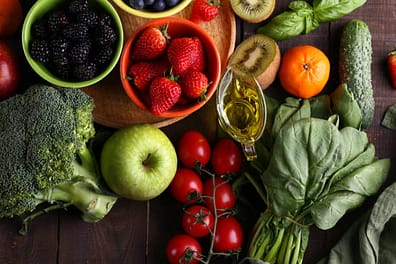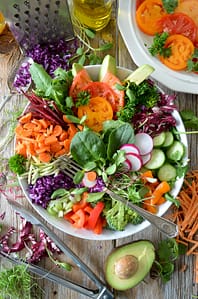Using a microwave to cook vegetables offers a quick and healthy choice. The brief cooking period and reduced water usage aid in preserving vitamins that dissolve in water. To keep the nutrients intact, it’s advisable to use microwave-friendly containers, add only a small amount of water, and avoid excessive cooking.
Barbecuing vegetables imbues them with a smoky essence while preserving their nutritional value. It’s important to grill over a gentle flame and prevent too much charring, as overdoing it or burning them can produce potentially harmful substances. Pre-grilling marinades can also boost the flavor of the vegetables without sacrificing their nutritional benefits.
Cooking vegetables in the oven by roasting is a tasty method that also helps in retaining their nutrients. Employing a medium heat and lightly coating the vegetables with oil can improve their flavor and texture. This method intensifies the flavors and can make vegetables more enticing, potentially leading to higher consumption.
Blanching is a process where vegetables are quickly submerged in boiling water and then rapidly cooled down. This technique is effective in preserving the vegetables’ color, texture, and nutritional content. It is important to keep an eye on the duration of blanching to avoid significant nutrient depletion.

Pressure cooking is a quick and efficient technique that helps retain water-soluble vitamins because of its reduced cooking duration. The enclosed setting of the pressure cooker minimizes the loss of nutrients through evaporation, making it a practical approach for cooking vegetables without sacrificing their nutritional benefits.
Slow cooking provides a method where vegetables are cooked softly over a long period, enriching their flavors while keeping their nutrients intact. To keep the nutrients preserved, it’s advisable to introduce vegetables closer to the end of the cooking time, since extended heat exposure might result in the loss of nutrients.
Stir-frying is a technique where small, uniformly chopped vegetables are cooked swiftly on high heat. This approach helps in keeping the nutrients intact, and using a minimal amount of oil can create a dish that’s both flavorful and well-balanced. To maintain nutrient levels, it’s important to prevent overcooking and choose a variety of colorful vegetables for a broader nutritional range.
When preparing vegetables, minimize the amount of water used, as boiling can cause nutrients to seep into the water. A lot of nutrients are found in the skins of vegetables, so try to leave the peel on whenever feasible. Adding healthy fats such as olive oil or avocado can improve the uptake of fat-soluble vitamins (A, D, E, K) present in vegetables.

